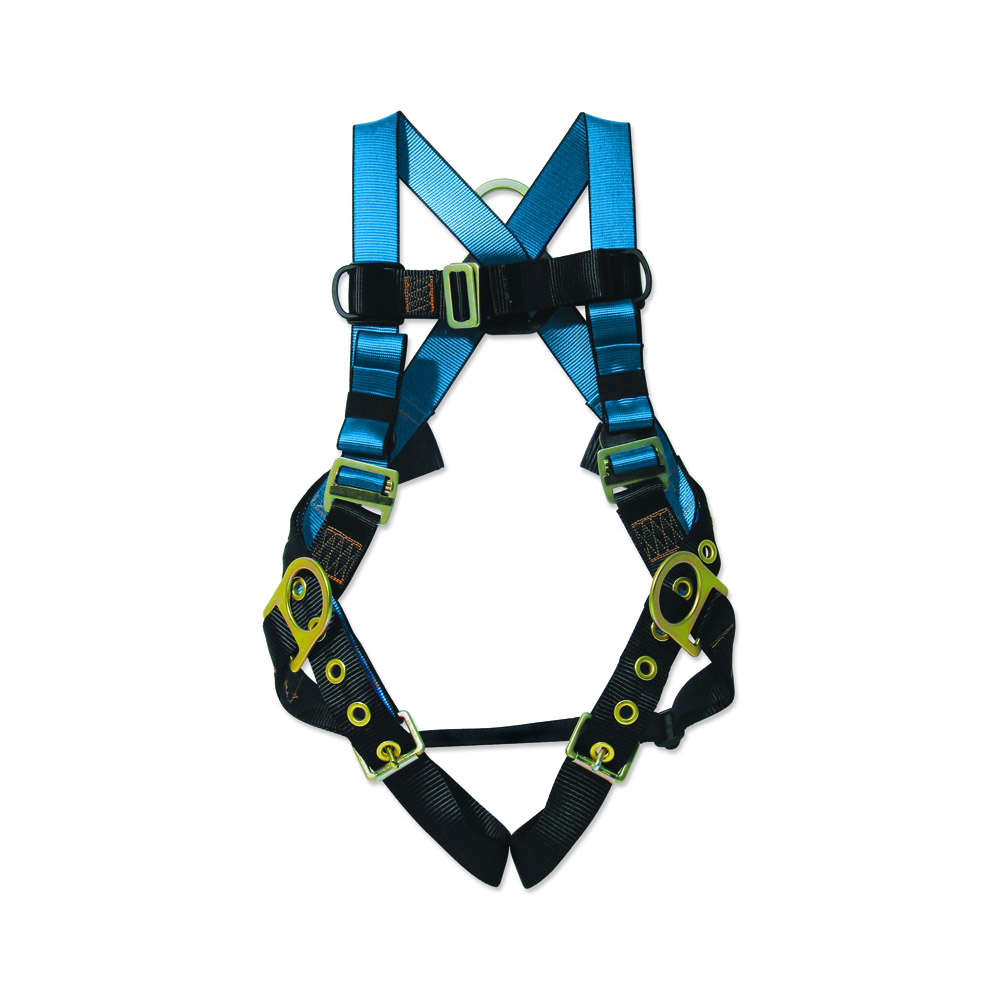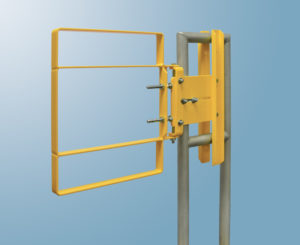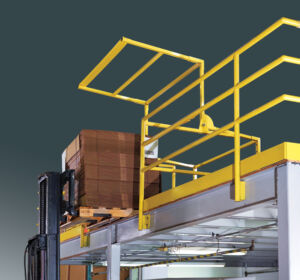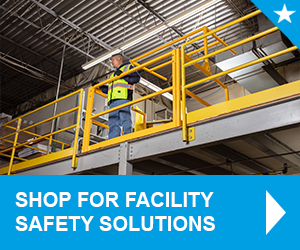
On January 23, 2019, OSHA put into effect new and increased fines for workplace safety violations. These new fines are up roughly 2.5% from OSHA’s 2015 revisions. While a 2.5% increase may not sound substantial, it turns what is already a hefty sum into something even more unfriendly to your bottom line. The best way to avoid being hit with expensive fines is to ensure your worksite is in compliance with standards and regulations, particularly those regarding OSHA fall protection.
OSHA’s Increased Fines
In 2015, OSHA implemented new fines that were higher than those in the years prior. In 2019, these fines saw another increase, making the cost of a violation even more painful for a business. The newest fines for noncompliance, according to OSHA, are as follows:
- Serious violations: $13,260 per violation (up from $12,675)
- Other-Than-Serious violations: $13,260 per violation (up from $12,675)
- Posting Requirement violations: $13,260 per violation (up from $12,675)
- Failure to Abate violations: $13,260 per violation (up from $12,675)
- Willful violations: $132,598 per violation (up from $126,749)
- Repeated violations: $132,598 per violation (up from $126,749)
The most common violations cited by OSHA are those regarding fall protection. As a site manager, CEO, COO, or even an employee on a worksite, it is crucial to know, implement, and follow OSHA fall protection guidelines. Noncompliance could quickly result in your company being slapped with expensive fines, as noted above, and/or cause serious harm to employees, property, and equipment.
Is Your Worksite OSHA Compliant?
Because OSHA fall protection standards and regulations seem dense and confusing, many site managers do not take the time to fully understand how to ensure their worksites are compliant with the proper safety equipment. As a result, they are cited with a violation and a hefty fine and must resolve the issue(s) in a timely manner. Some of the most common OSHA-compliant safety equipment includes:
Safety Harness with a Lanyard
29 CFR 1926.502(d) outlines OSHA-compliant fall protection equipment, including personal fall arrest systems like a safety harness with lanyard. When considering this system, be sure to verify that it:
- Limits the maximum force of the fall arrest on the worker to 1,800 pounds
- Limits the distance a worker may free fall to no more than 6 feet
- Limits the deceleration distance of a falling worker to no more than 3.5 feet
- Prevents contact with any lower surface
- Is inspected for wear, damage, and deterioration prior to each and every use
- Brings a falling worker to a complete stop
- And facilitates the arrest of a fall without contacting the falling worker’s neck or chin
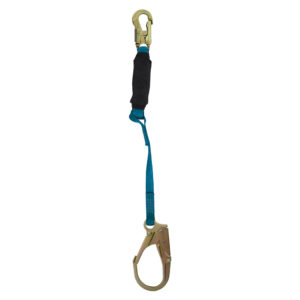
OSHA also has regulations in place regarding the lanyards that may be used in a fall arrest system. They must be made from synthetic fibers, which are generally stronger than natural fibers. The lanyards must also include automatic closing and locking, double-action snap hooks that reduce the risk of a worker slipping out of a harness during a fall or fall arrest.
Harness lanyards are available in two types: shock-absorbing and non-shock-absorbing. While both can be compliant with OSHA standards, shock-absorbing lanyards tend to provide the best comfort, reliability, and safety for workers using a safety harness with lanyard fall protection system.
![XL Series extended coverage self-closing gates in carbon steel safety yellow enamel]() Safety Gates
Safety Gates
Safety gates are also an excellent way to prevent falls from elevated walking or working systems. Safety gates must be self-closing and slide or swing away from the hole or opening they protect to prevent a worker from accidentally opening or walking through the gate. Some gates, however, include a latch that may be released to allow the gate to swing towards the hole or opening in special cases where this is necessary. In several circumstances, OSHA requires the use of a safety gate, including:
- Ladderways: All points of access to ladders must be protected by a gate to prevent a worker from falling through the floor hole of a ladderway.
- Work platforms: OSHA requires a guardrail system to be implemented on any work platform, including standard platforms, mezzanines, and loading docks; a safety gate provides access to the platform through the guardrail system but helps prevent falls from a work platform.
Roof openings: All roof openings must use a guardrail system, and, like work platforms, a safety gate allows for safe access to the roofing area and helps prevent falls through the roof opening.
- Any surface at least 4 feet in the air: While 4 feet may not sound like much, a fall from any height can be dangerous. OSHA requires a guardrail to be in place on any surface 4 feet or more in the air, and a safety gate provides access to the surface while also helping to prevent falls.
An industrial swing gate is the best option for OSHA-compliance wherever a gate is required, including construction worksites, warehouses, and manufacturing facilities. Industrial swing gates are available in a variety of styles to suit whatever surface or opening they are protecting, including standard swinging safety gates for platforms, stairs, and ladderways, vertical lift gates for loading docks, and counter-balanced lift and pivoting gates for use on mezzanines. Depending on the specific needs of your individual worksite, warehouse, or facility, an industrial swing gate will be available in a variety of materials, including aluminum, stainless steel, and carbon steel. OSHA requires that each gate has a smooth surface to prevent injury to workers or snagging of clothing. Any high-quality industrial swing gate should feature a coating to make its metal surface meet this regulation.
For more information on effectively implementing affordable fall protection systems that are OSHA-compliant to avoid the rising costs of fines, contact us today!





